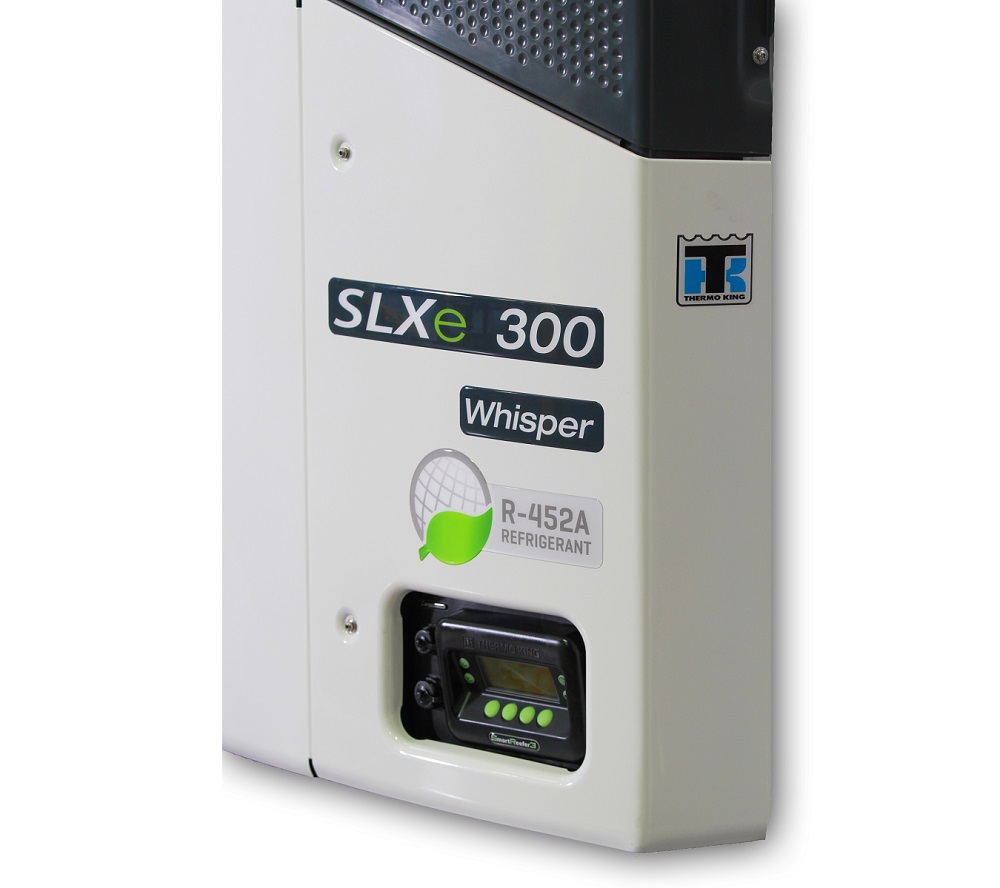Thermo King Announces New Standard Refrigerant in its Complete Portfolio of Truck and Trailer Units in Europe
17th November 2015

Thermo King, a manufacturer of transport temperature control solutions for a variety of mobile applications and a brand of Ingersoll Rand, announced today that its trailer and self- and vehicle-powered refrigeration units will be available in Europe with the next generation, lower global warming potential (GWP) refrigerant as standard as of Jan. 1, 2016.
In parallel with this announcement, Thermo King is making the new, lower GWP R-452A refrigerant as standard in its V-Series, the vehicle powered range of units. The new Chemours Opteon XP44 (R-452A) refrigerant has about a 50 percent lower GWP value than the current refrigerant.
Thermo King is committed to delivering climate friendly temperature control solutions and weve been fulfilling our commitment, said Karin de Bondt, vice president and general manager for truck, trailer and bus at Thermo King in Europe, Middle East and Africa. Every new truck and trailer unit will be high performance and feature R-452A and, in addition to new units, our customers can opt for this solution in existing systems from our trained and certified technicians who form the industrys most extensive sales and service network.
Starting Jan. 1, 2016, Thermo King customers in Europe who want improved efficiency while reducing their environmental impact can order the SLXe trailer units, the self-powered T-Series and UT models for rigid trucks as well as the V-Series of vehicle-powered truck refrigeration systems with R-452A refrigerant as the standard option.
This combined portfolio of products offers transporters the safest, most environmentally responsible, and technically and commercially viable solution for truck and trailer refrigeration applications.
This announcement follows the first anniversary of the Climate Commitment made by Ingersoll Rand in September 2014 and contributes to the EcoWise portfolio of products designed to lower environmental impact with next generation, low GWP refrigerants and high efficiency operation.
The Ingersoll Rand commitment includes reducing greenhouse gas (GHG) emissions related to its operations by approximately 35 percent by 2020; reducing GHG emissions
related to its products by 50 percent by 2020; and investing $500 million in product-related research and development over the next five years to fund the long-term reduction of GHG emissions.
In the first year, the companys Climate Commitment led to the avoidance of approximately 1.5 million metric tons of CO2e which is equivalent to the CO2 emissions from burning more than 1.6 billion pounds of coal and the electricity use of more than 200,000 homes for one year. By 2030, the company expects to reduce its carbon footprint by 50 million metric tons.

